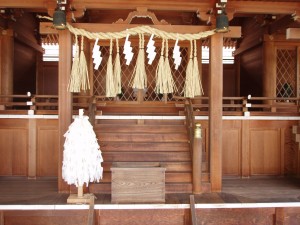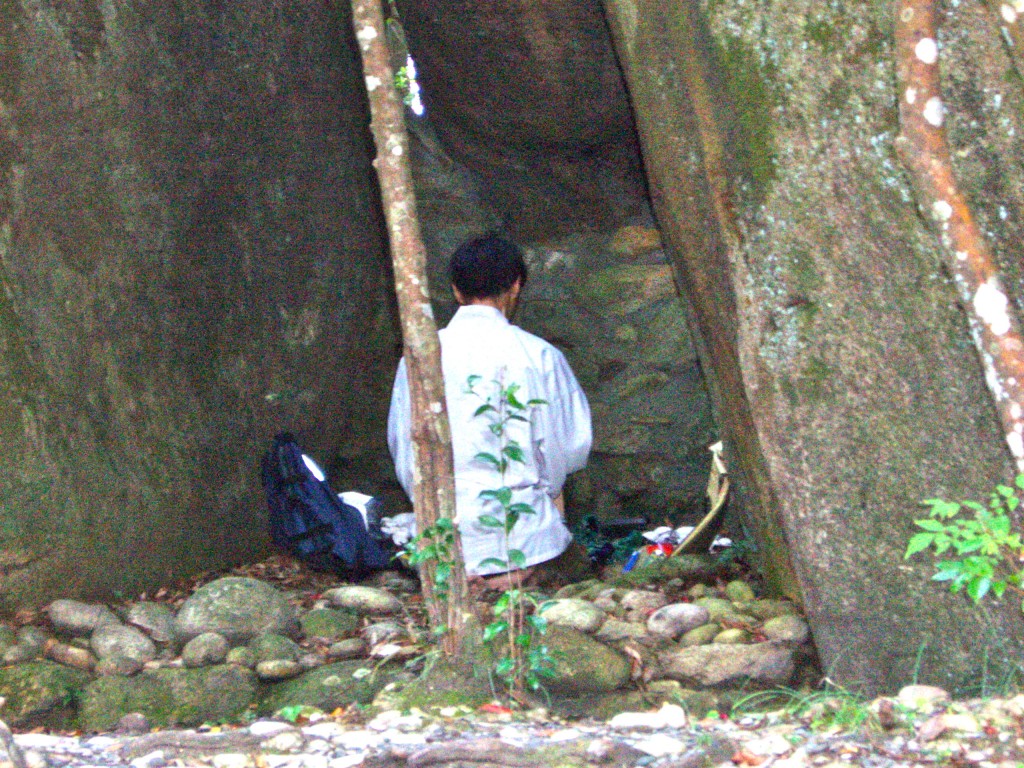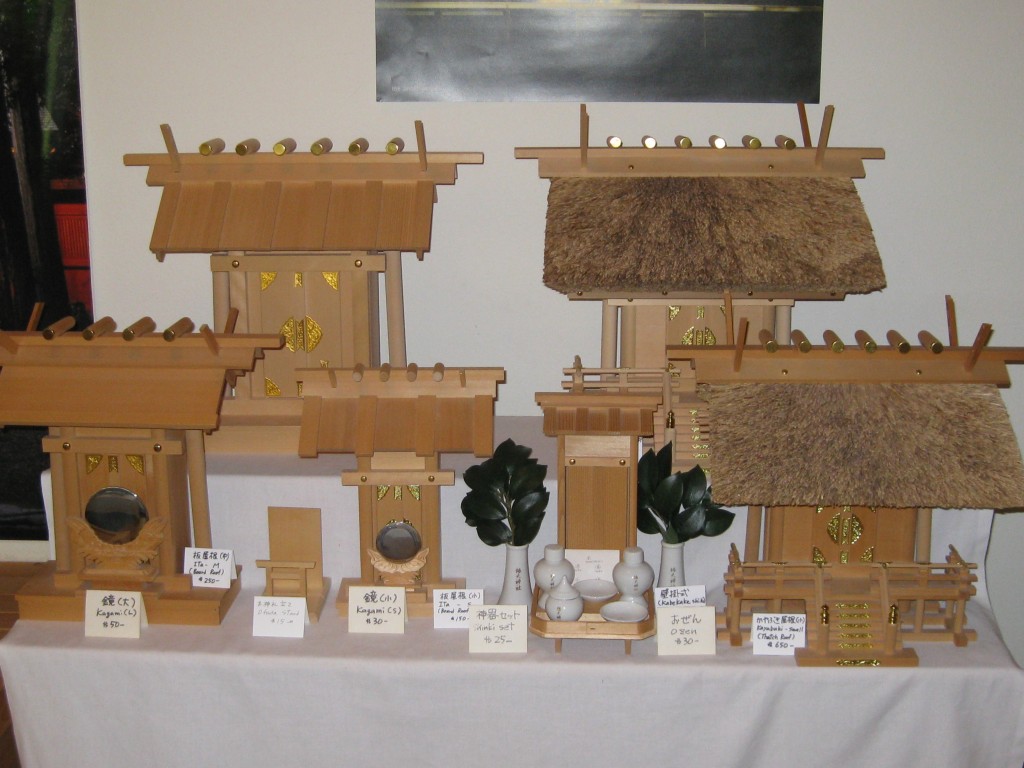The Green Shinto Ten-Step Guide to Individual Practice
What can someone do in a practical sense who is sympathetic to Shinto but isolated from other practitioners? In other words, how can the solitary Shintoist follow their faith?
In a previous blog entry we looked at the practice of Douglas Bostock, a Shintoist who set up a shrine in his apartment where he carries out worship on his own. Here are a few other ideas for the solitary practitioner.
1) Greeting the morning sun
Lafcadio Hearn described how his neighbours used to do this, and what better way could there be for starting the day than raising awareness of the miracle of life. Gratitude lies at the heart of Shinto, and giving thanks for the wonder of existence may help lead to realisation of one’s place in Great Nature and foster sincerity, modesty and selflessness – key Shinto virtues.
2) Make or buy a kamidana (spirit shelf)
* Purchase http://www.amazon.com/s/ref=nb_sb_noss?url=search-alias%3Daps&field-keywords=kamidana
* Make your own http://www.flickr.com/photos/bujinkan_ninja/447215737/
* Setting it up http://www.nihonbunka.com/shinto/shime.htm

Make your own purification wand
3) Perform your own purification
Just as washing your hands at a shrine is a symbolic way of purifying your heart, so waving the haraigushi over oneself can be a means of instilling sincere intent.
Instructions for making your own haraigushi: http://www.nihonbunka.com/shinto/shinto-haraigushi.htm
4) Meditation
Virtually all religions use some sort of meditation or reflection. One form open to Shinto practitioners is the shamanic form of using an animal spirit to guide one into the world beyond. Alternatively one might meditate on one’s favourite kami, or entering into the spirit world by visualising yourself moving through a torii into a sacred world.
5) Reading
There are now many books about Shinto which are useful to deepening understanding. (See Reviews section of this blog.) Titles suited to the individual practitioner would include Thomas Kasulis Shinto: The Way Home and Picken’s Shinto Meditations for Reveririg the Earth
6) Ancestor worship
Ancestor mindfulness might be a better name for a practice that fosters gratitude for the gift of life as handed down through one’s predecessors. To this end a dedicated space can be set up in the practitioner’s house.

Find your own special sacred site
7) Build your own nature shrine
The mystic spark of life is often most evident in particular aspects of nature that have a numinous or magnetic feel. By making this into a shrine of some sort, denoted by a simple string of shide paper strips, or a shimenawa rope, the practitioner cultivates within themselves the spirit of nature and the joy of existence. A simple torii could be set up before it, if one so wished. (For a homemade torii, see here.)
8) Take up Aikido
This Shinto-based martial art allows physical and spiritual exercise of the principles underlying the faith. Classes have spread around the world now, and joining a class may enhance your life.
9) Cold water exercise (misogi)
Ritual immersion in cold water is not for everyone, and the vast majority of shrine-goers in Japan never do it. But for some it is a life-enhancing activity that fosters a sense of physical and spiritual renewal. Standing under a waterfall brings the benefit of negative ions; standing under a cold shower at home makes it a practical everyday activity.
10) Pilgrimage
Visiting places with spiritual power is a way of developing one’s own spirituality. These may be places in nature with animistic resonance, such as awe-inspiring rocks or trees. Or they may be places sanctified by historical association. The ultimate destination for a Shinto practitioner would be a visit to the sacred sites of Japan, for which Shinto Shrines by Joseph Cali and John Dougill might be a suitable companion.

Solitary worship before rocks at Kamikura Jinja, Wakayama


Leave a Reply